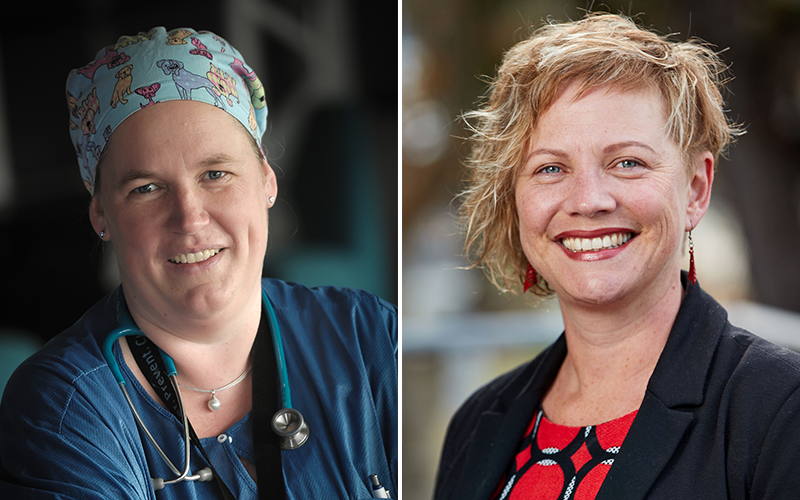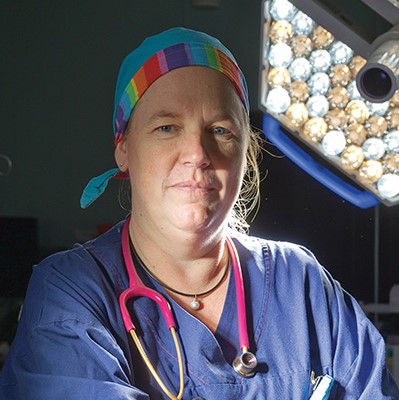Search
Research
Prior administration of chocolate improves the palatability of bitter drugs: The Choc-with-Med studyThe paediatric population has a low adherence and acceptance rate of unpalatable medicines. This study aimed to determine whether eating chocolate immediately prior to drug administration would help to mask the bitter taste of a drug. The difference in taste masking efficacy between white, milk and dark chocolate was a secondary measure outcome.
Research
Error traps in pediatric difficult airway managementDifficult airway management in children is associated with significant morbidity. This narrative review on error traps in airway management aims to highlight the common pitfalls and proposes solutions to optimize best practices for pediatric difficult airway management. We have categorized common errors of pediatric difficult airway management into three main error traps.
Research
COVID-19 implications for pediatric anesthesia: Lessons learnt and how to prepare for the next pandemicCOVID-19 is mainly considered an “adult pandemic,” but it also has strong implications for children and consequently for pediatric anesthesia. Despite the lethality of SARS-CoV-2 infection being directly correlated with age, children have equally experienced the negative impacts of this pandemic.
Research
Early life predictors of obstructive sleep apnoea in young adults: Insights from a longitudinal community cohort (Raine study)Obstructive sleep apnea (OSA) increases the risk of perioperative adverse events in children. While polysomnography (PSG) remains the reference standard for OSA diagnosis, oximetry is a valuable screening tool. The traditional practice is the manual analysis of desaturation clusters derived from a tabletop device using the McGill oximetry score. However, automated analysis of wearable oximetry data can be an alternative. This study investigated the accuracy of wrist-worn oximetry with automated analysis as a preoperative OSA screening tool.
Research
Consumer research priorities for pediatric anesthesia and perioperative medicineConsumer-driven research is increasingly being prioritized. Aim: Our aim was to partner with consumers to identify the top 10 research priorities for pediatric anesthesia and perioperative medicine. The ACORN (Anesthesia Consumer Research Network) was formed to collaborate with children and families across Australia.
Research
The use of honey in the perioperative care of tonsillectomy patients-A narrative reviewTonsillectomy is one of the most common surgical procedures in childhood. While generally safe, it often is associated with a difficult early recovery phase with poor oral intake, dehydration, difficult or painful swallowing, postoperative bleeding, infection and/or otalgia.

The vision of the Perioperative Medicine Team is to make discoveries that will improve children’s perioperative care and lead to global practice change.

News & Events
Paediatric anaesthetist named a WA Young Tall PoppyA leading paediatric anaesthetist and researcher focused on making anaesthesia safer and more comfortable for children has been named a 2022 Western Australian Young Tall Poppy.
Research
Mode of delivery and behavioral and neuropsychological outcomes in children at 10 years of agePrevious studies have reported that mode of delivery, particularly cesarean delivery is associated with neurodevelopmental outcomes in children. This study evaluates behavioral and neuropsychological test scores in children based on mode of delivery.

The Perioperative Medicine team has developed a unique chewable tablet that gives the child the sensation of having a full stomach, without compromising their fasting regime.
